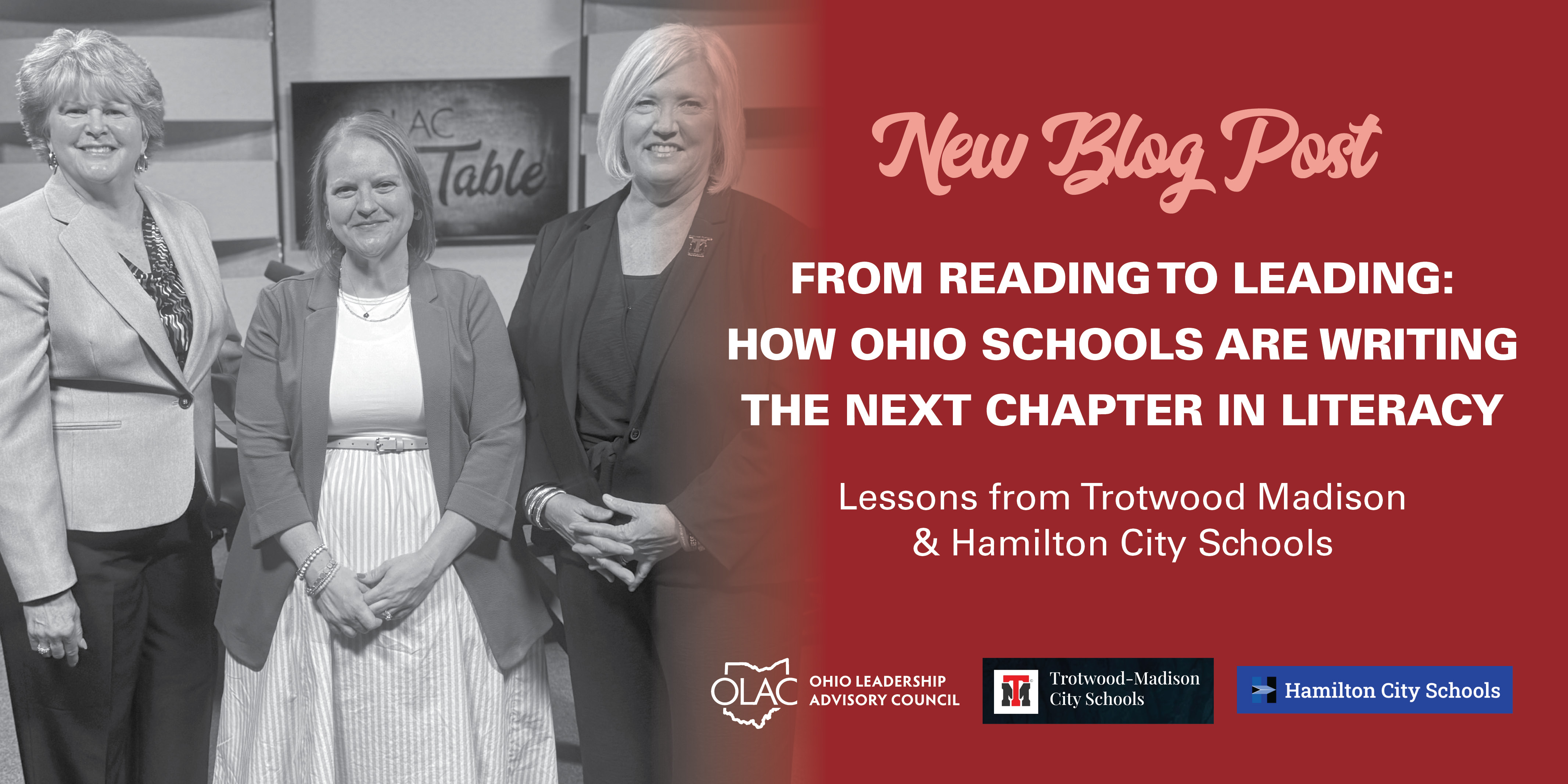From Reading to Leading: How Ohio Schools Are Writing the Next Chapter in Literacy

Strong literacy instruction doesn’t just change reading scores—it transforms how students think, write, and engage across every subject. That’s the message from two Ohio leaders—Rachael Murdock, Director of Curriculum and School Improvement for Trotwood Madison City Schools, and Rebecca Davis, Assistant Principal for Hamilton City Schools.
Both districts are seeing powerful results from their commitment to early literacy and evidence-based practices aligned with the science of reading. Their conversation highlights how intentional leadership, systematic instruction, and teacher collaboration are making a measurable difference for students—and what other districts can learn from their approach.
From Early Wins to Long-Term Impact
For Murdock, one of the most exciting outcomes has been watching early literacy initiatives pay off in real time.
That shift didn’t happen by chance. Trotwood Madison made vertical alignment a top priority, ensuring that foundational reading skills are consistently taught across grade levels. “We see literacy as a continuum,” Murdock explained. “If we get it right for the early kids, we’re going to get it right through grade 12.”
Meanwhile, in Hamilton City Schools, Davis and her team have taken a deliberate, phased approach to implementing new curriculum and interventions. Starting in upper elementary grades and working downward, they’ve focused on building teacher confidence, fidelity of implementation, and writing integration. “
Literacy Is the Gateway to Learning
Both leaders agree that literacy is not just another instructional area—it’s the foundation for every academic success that follows. “Literacy is the key to everything students need to unlock knowledge and confidence,” Murdock said. “When students struggle with decoding or multi-syllabic words, they’re not just struggling with reading—they’re struggling with comprehension and higher-level learning.”
Davis connected this to the broader goal of deep learning: “If students understand what they read, they’ll remember the knowledge. Reading is the key to knowledge, and knowledge is the key to reading. Those are reciprocal.” That reciprocal focus extends to vocabulary development, a cornerstone of both districts’ work. “Every content area has critical vocabulary,” Davis explained. “We’ve helped teachers see that vocabulary builds background knowledge that all students need, regardless of grade level.”
Bringing Back the Power of Writing—and Handwriting
The conversation also explored how writing connects to comprehension, retention, and critical thinking. “When students write about what they’ve learned, they take things to the next level,” Davis shared. “They’re synthesizing information, putting it into their own words—just like teaching someone else what you’ve learned.”
Murdock added that writing offers teachers a window into student thinking:
Surprisingly, even handwriting fluency has reemerged as an essential skill. “When students have automaticity with handwriting, it lessens their cognitive load,” Davis explained. “It’s interesting how focusing on something as simple as penmanship can support writing and literacy development in powerful ways.”
Supporting Principals and Teachers Alike
For both leaders, the role of the principal is central to sustaining literacy growth. “Principals need to know what to look for,” Murdock said. “We make it non-negotiable that teachers use our adopted materials, and we align pacing guides and essential standards to ensure consistency.”
Hamilton’s approach mirrors that belief in leadership capacity. “Building administrators need the same tools and training as teachers,” Davis emphasized. “They’re evaluating and supporting teachers every day—so they have to understand the ‘why’ behind science of reading practices.”
Both districts also highlighted the power of coaching and ongoing professional development. “It can’t just be a one-off training,” Davis noted. “There must be long-term follow-up, collaboration, and accountability. Our coach works right alongside teachers—planning, modeling, and providing feedback.”
Advice for Districts Just Getting Started
For schools beginning their science of reading journey, Murdock offered this advice: “Children can’t wait until all the adults are ready. We must make this change now.”
Davis agreed, stressing the importance of both clarity and support:
Both districts are already seeing promising results—higher DIBELS scores, improved writing performance, and state-level recognition like Hamilton’s Momentum Award.
As Murdock put it, “We had gains in most of our subjects this year, and I think that goes back to reading—because reading is important in every content area.”
Learn more in Episode 21: Beyond Literacy Basics: Building Readers and Leaders on At the Table.